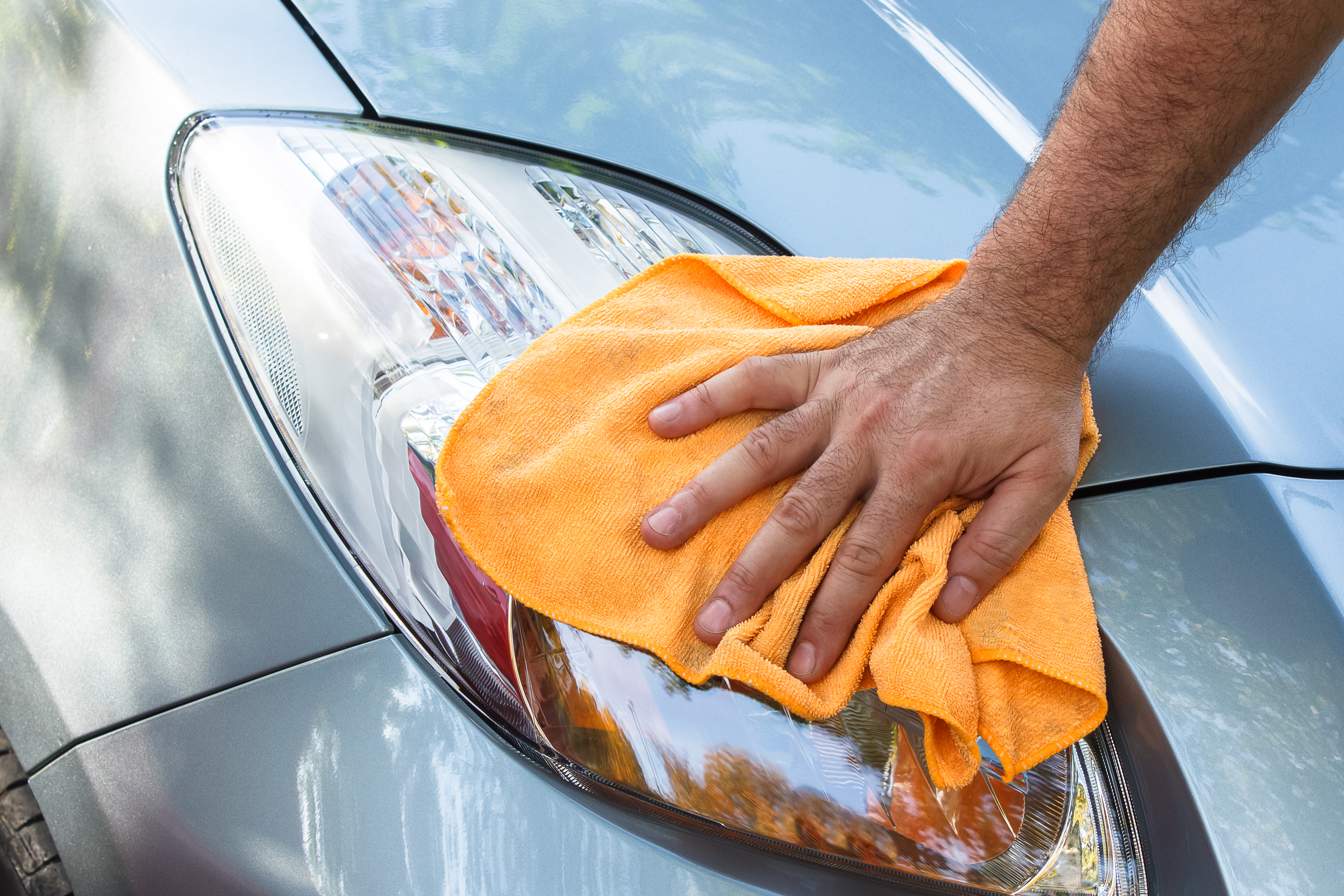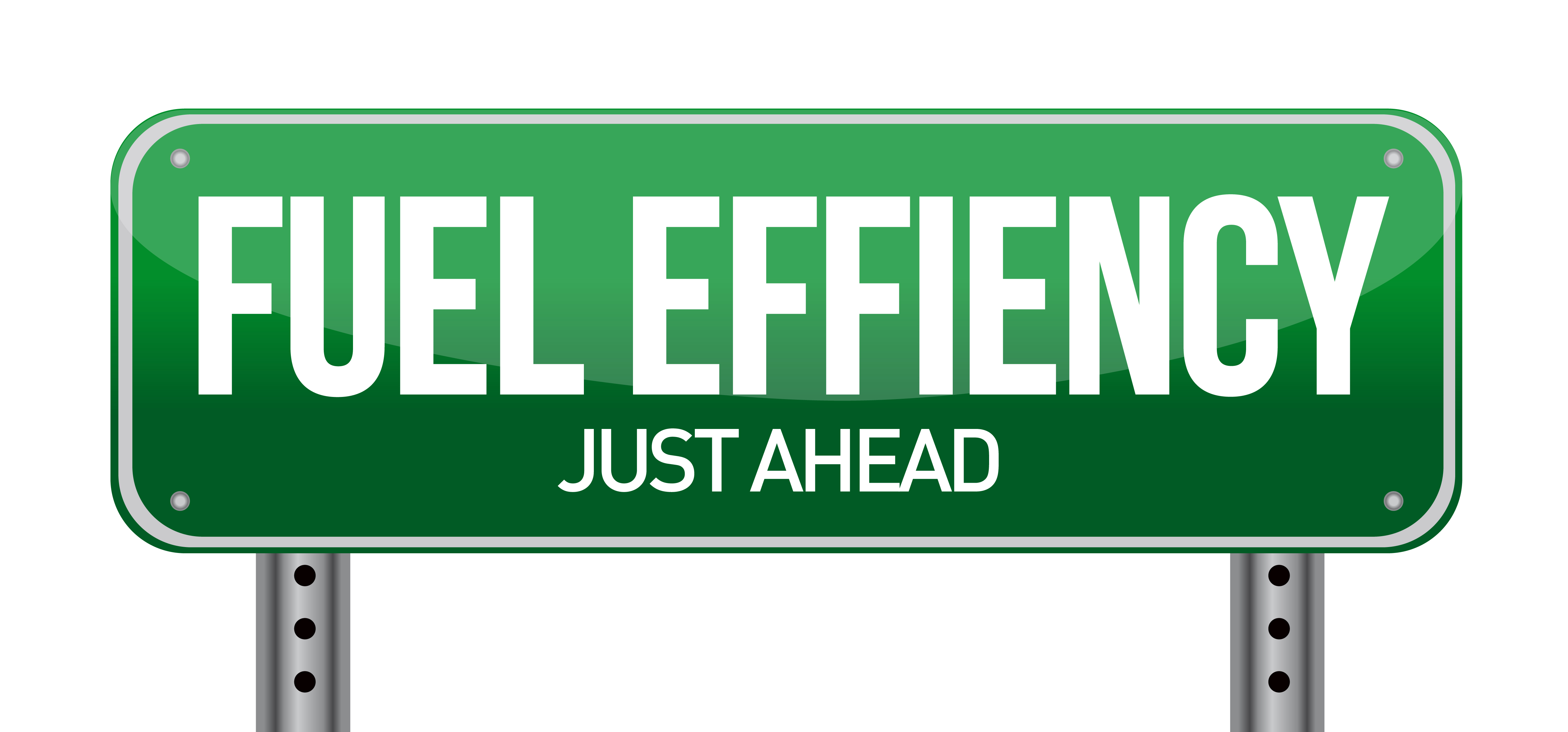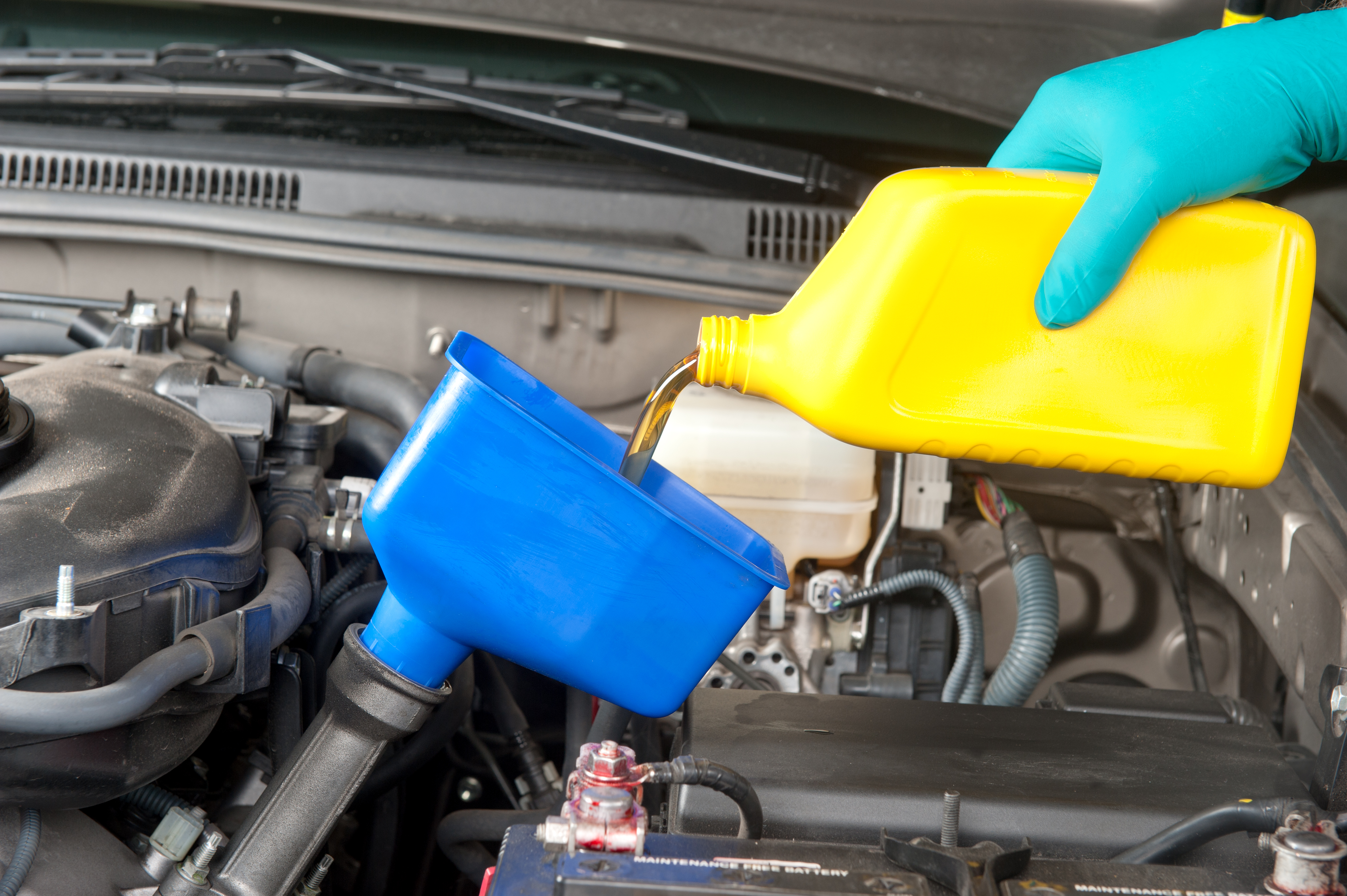Auto Insurance Requirements for a Teenager
Some states require auto insurance by law, and rates can vary widely from zip code to zip code within a state depending on the carrier’s experience in that area. One rate that is predictably high is that of a teenage driver due to statistics that show higher accident rates for drivers in certain age groups. If your state doesn’t require insurance, though you might save money on premiums, the cost of an uninsured teen’s accident could be far greater.
Statistics:
In August 2010, the Centers for Disease Control and Prevention (CDC) reported that of the $99 billion car accidents cost in medical treatment and lost productivity, $39 billion of that is attributable to teen drivers. In 2009, according to the Insurance Institute of Highway Safety, 60 percent of teenage accident deaths occurred in accidents involving teen drivers. In 2007, motor vehicle accidents were the leading cause of death for children ages 13 to 19, with little variance between genders. Auto insurance bears the brunt of these costs, but if your teen is not insured, you are responsible–for your child, everything and everyone involved in the accident.
Liability Coverage:
In states with mandatory insurance laws, of which New Hampshire is the only exception, the insurance required is liability insurance. Liability insurance protects the property and bodily injury of the victims of the accident. States that require this insurance typically have minimum limits that are required for one person’s injury, all person’s injuries and property damage. If your teenager is not covered, the medical bills and property damage bills must be satisfied by you.
Requirements:
In states that have a mandatory insurance law, your teen must be insured to legally drive your car. Some insurance companies automatically cover any child old enough to drive, but you must inform them so they can adjust your rates accordingly. If you don’t inform them, and your child is involved in a crash, the company could accuse you of misrepresentation and refuse to pay the claim. Additionally, they could cancel your policy.
Policy Issues:
There are two ways you can insure your teenager. You can put her on her own policy, or you can add her to yours. There are financial trade-offs in each scenario that you should explore thoroughly before making a decision. If you cover the child on your policy, you take advantage of discounts available to you such as umbrella coverage or multi-car discounts. But, depending on the insurance company’s policies, you may have to carry your child at your limits, which, if they are sufficient to cover the value of your home for lawsuit protection or include collision protection, could prove to be cost prohibitive. If your teen is male, the costs increase dramatically and the rates are in effect until age 25.
You can also cover your teen on his own policy, which allows you to pay only for the amount of coverage required by law. This is more cost effective and affords you some protection in the event of an accident, but damage to your car will not be covered. Many companies offer discounts to teen drivers who have successfully completed an approved driving school course or who are currently students and have a grade point average of B or above.
Quick Money Savings Tip For Safe Drivers
There are dozens of auto insurers – Which one will give you the best rate?
Step 1) Choose your vehicle make below.
Step 2) On the next page, complete the 4 minute questionnaire, and you'll have the opportunity compare the best rates in your area.
Step 3) Keep more money and possibly save hundreds!










